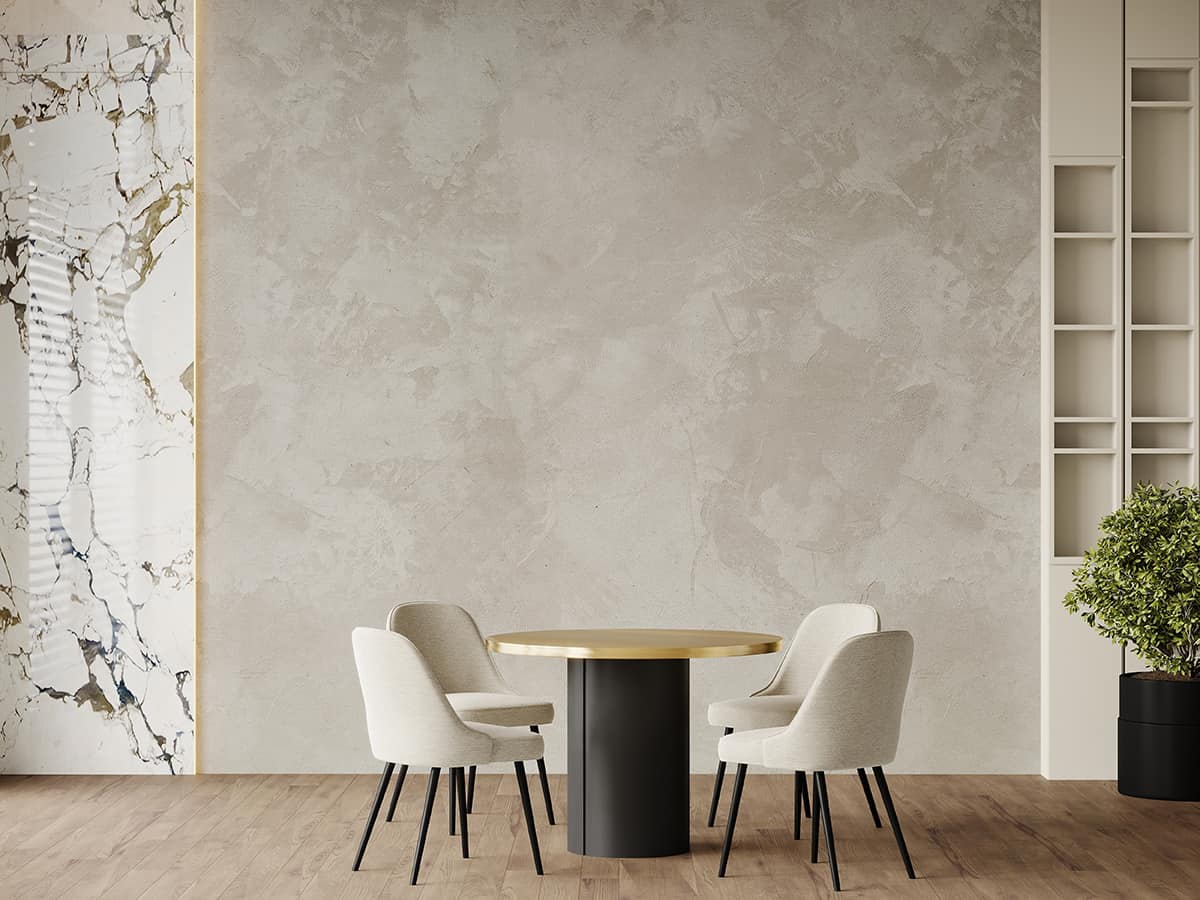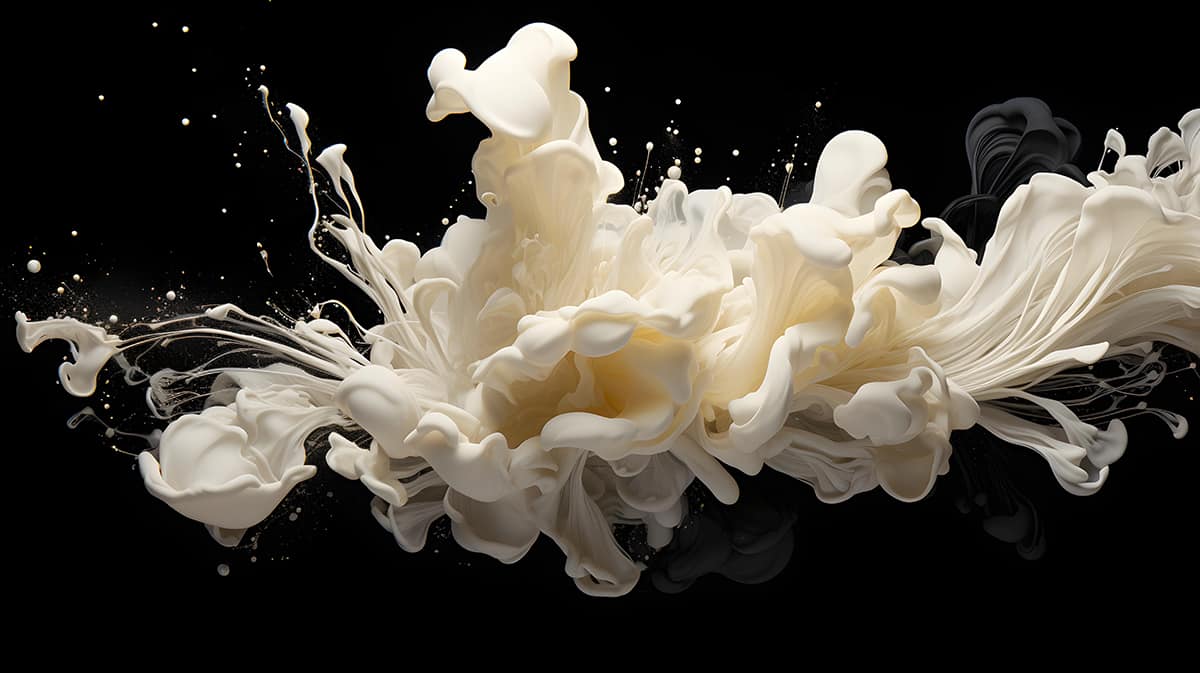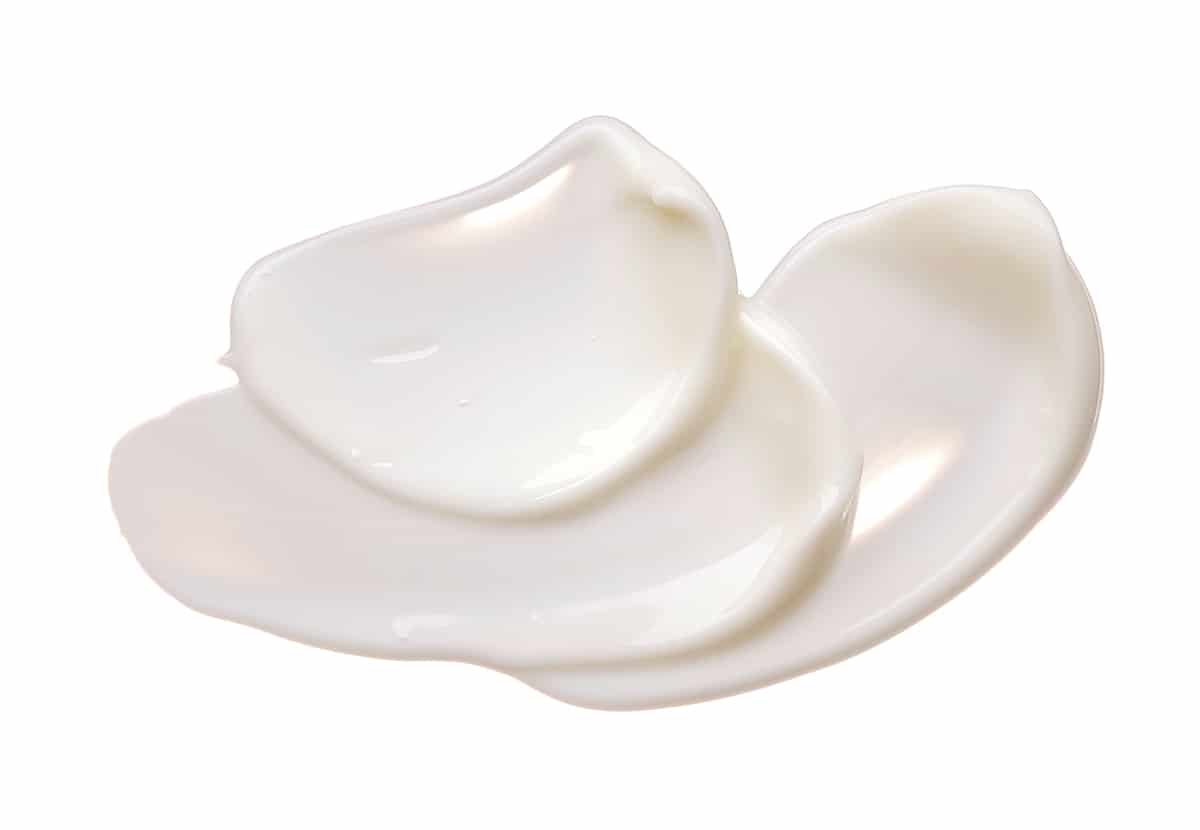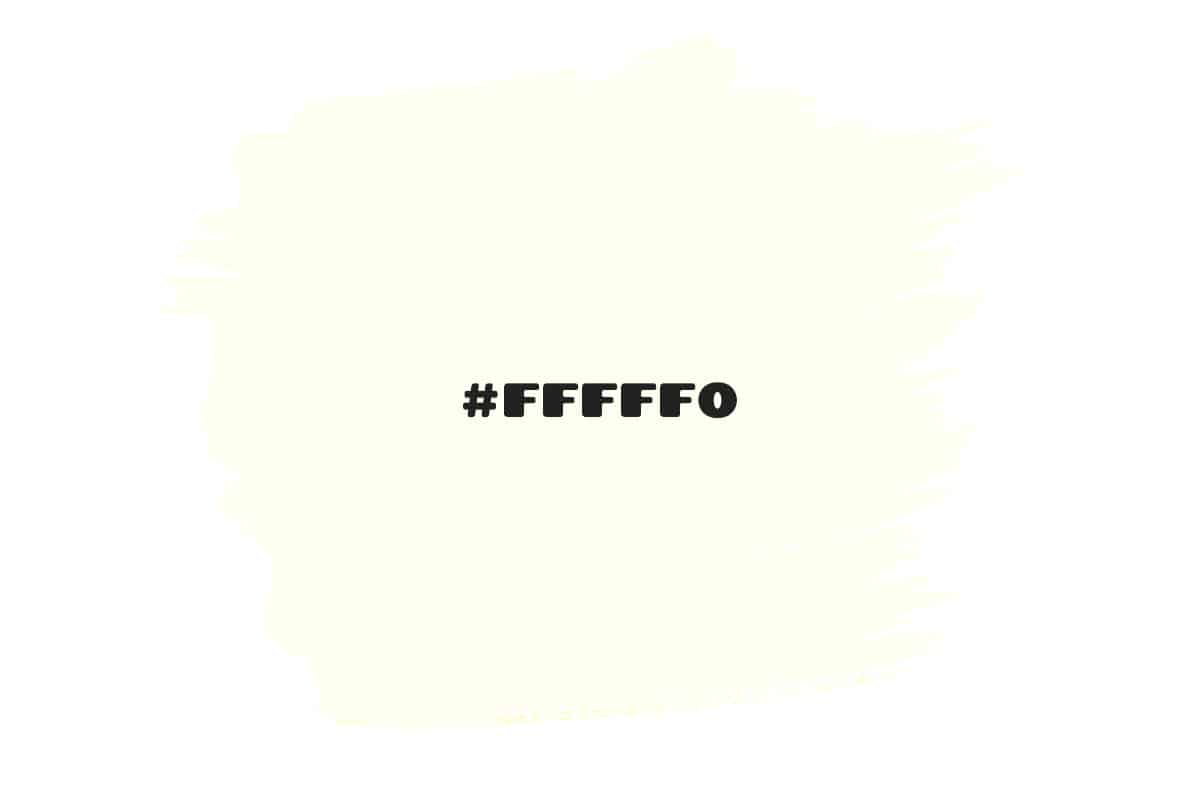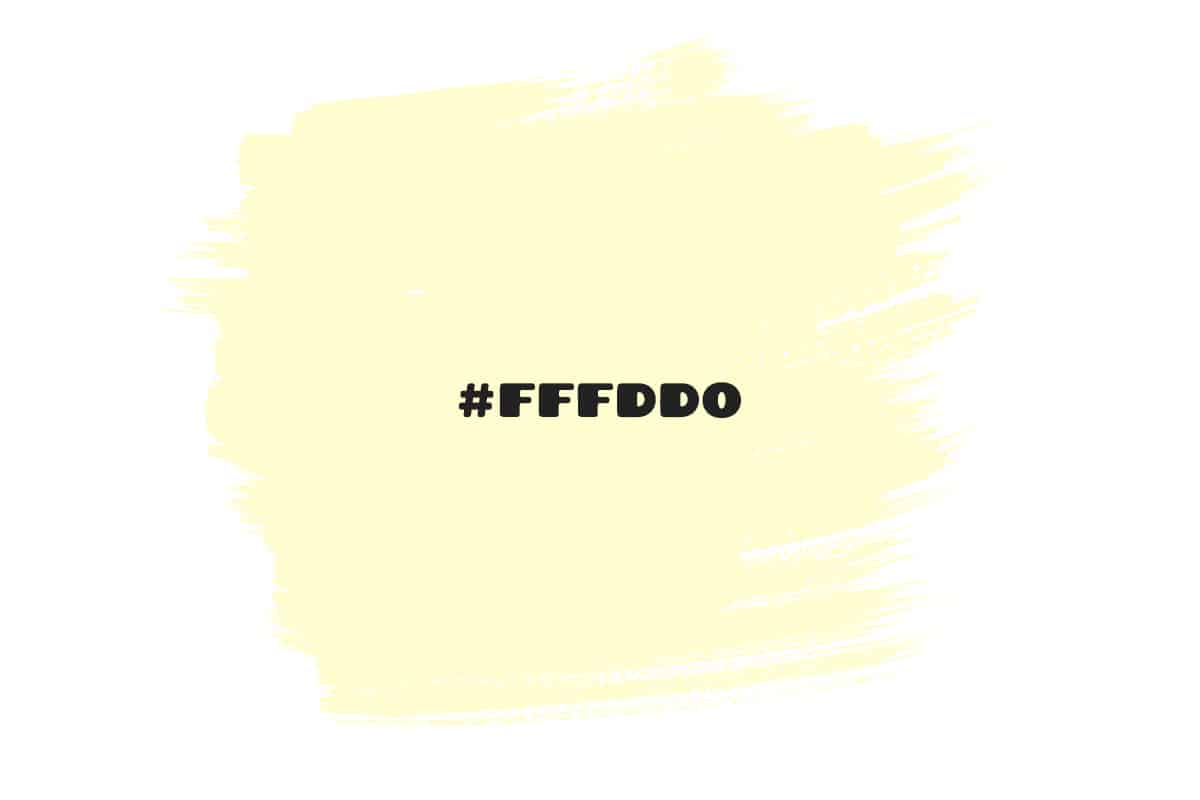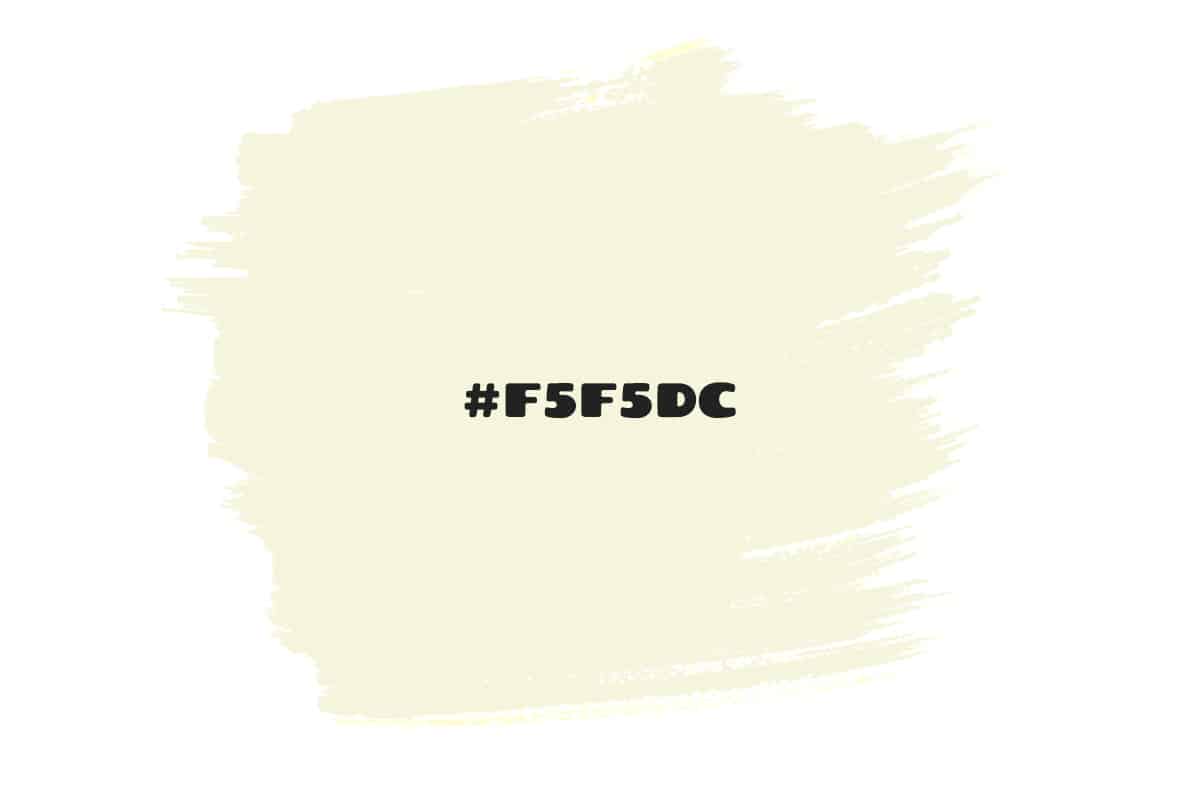It’s impossible to flip through any interior design magazine or home decor Instagram account without seeing ivory color schemes, as this is a color that appears to always be on trend.
Ivory is a warm neutral that makes a perfect base for so many color palettes, but it can also be used effectively as an accent shade. Here we explore exactly what color ivory is, how to make it, and how to use it in home decor.
What is Ivory Color?
Ivory is a color named after the teeth and tusks of animals, which were highly desirable objects across the world for many centuries, used in creating jewelry, homewares, and religious artifacts. The ivory trade is closely tied to the now-illegal exploitation of elephants, who were slaughtered for their valuable tusks.
Ivory, while still regarded as a symbol of wealth and prosperity among some cultures, is a material that is becoming increasingly linked with bloodshed and animal welfare. The color, however, has remained untouched by the reference and is still seen as a classic and clean shade. Many people view ivory as a shade of off-white, but it could also be considered to be a lighter shade of cream or a very pale shade of beige.
Ivory paint is predominantly white, with the tiniest dash of yellow to give it a warm feel. You should not be able to see a noticeable yellow tone to ivory like you can with cream. Instead, it should be so light that it appears like a cheerful shade of off-white.
Meaning of the Color Ivory
Ivory is a classic neutral color that has long been seen as a pure and wholesome shade. It is closely tied to formal occasions in Western cultures, such as weddings and baptisms, and in these instances, it is used to denote innocence and purity. The bride traditionally wears ivory or white on her wedding day, while babies or children will wear ivory for christenings.
Ivory is also linked to elegance and sophistication and can be used to denote peacefulness. As a very pale color that can be categorized as a shade of off-white, ivory shares a lot of the same meanings as white. It is linked with calm and soothing energy, but it has a warmth that white lacks.
The warmth is provided by the undertone of yellow, and this gives ivory a slightly more cheerful, brighter energy compared with pure white.
How to Make Ivory Color
Ivory is made by mixing a large proportion of white paint with a very small amount of yellow paint. If too much yellow is added, the resulting color will appear as cream.
You should not be able to recognize any obvious yellow tones in ivory. Instead, it should look like a slightly off-white color. If you already have cream-colored paint, you can turn this into ivory by adding more white.
Shades of Ivory with Hex Codes
Ivory is a very pale shade of off-white that has a warm tone from the presence of yellow. There are some similar shades of ivory that can be used in similar ways, such as beige and cream.
Here we explore ivory and some other similar colors, along with their hex codes, and how to use them in home decor.
Ivory- Hex Code #FFFFF0
Ivory is a very light color that is mostly made up of white. It has a muted and subtle energy that makes it very popular as a neutral background color.
In an RGB color space, ivory is made with 100% red, 100% green, and 94.1% blue. In a CMYK color space, ivory comprises 0% cyan, 0% magenta, 6% yellow, and 0% black. It has a hue angle of 60 degrees, with a saturation of 100% and a lightness of 97.1%.
Using Ivory in Home Decor
Ivory is often the first color people will gravitate towards when they want a pale neutral, but they want to move away from the blandness and predictability of pure white.
Ceilings, doors, and trim are traditionally painted in pure white. Still, we are seeing more and more ivory elements as standard in modern homes because ivory is easy to pair with by adding more warmth to a space and looking less mundane while keeping the color palette neutral and light.
Since ivory contains so much white, it is great for reflecting light in small rooms, so it can be used in any compact space where you want to create a more airy feel.
Cream- Hex Code #FFFDD0
Cream has the same tone as ivory, but it has a slightly greater proportion of yellow, which makes it read as more obviously warm. In an RGB color space, cream comprises of 100% red, 99.2% green, and 81.6% blue.
In a CMYK color space, cream is made of 0% cyan, 1% magenta, 18% yellow, and 0% black. This color has a hue angle of 57.4 degrees, with a saturation of 100%, along with a lightness of 90.8%.
Using Cream in Home Decor
If you want to make a space feel cozy yet light and airy, cream is always a good color choice. It can work well on walls, but it will also add a warm and comforting effect when used on doors and trim.
Cream accessories also work well in a wide range of color schemes; for example, add a cream rug to a dark room to balance out the shading or throw cream faux fur cushions onto a navy sofa to balance out the temperature.
Beige- Hex Code #F5F5DC
Beige is another color with a hue similar to ivory, but it reads as darker. This is because beige has an even greater proportion of yellow and a hint of gray. Beige is overwhelmingly a warming color, yet it has a hint of cool in the mix, giving it a more muted and subtle energy than ivory and cream.
In an RGB color space, beige is 96.1% red, 96.1% green, and 86.3% blue. In a CMYK color space, it is made of 0% cyan, 0% magenta, 10% yellow, and 4% black. The color beige has a hue angle of 60 degrees, a lightness of 91.2%, and a saturation of 55.6%.
Using Beige in Home Decor
Beige can include a wide range of shades, from off-whites to pale browns. This is a color that can come across as old-fashioned, but in the last few years, beige has undergone a rebranding, and it is now considered to once again be a contemporary, trendy color in both fashion and home decor.
You might notice beige being sold under other names, such as ‘fawn’, ‘nude’, or ‘camel’ in an effort to shed the old image of beige being boring, but essentially these are all still shades of beige.
Use beige paint on the walls to create a cozy yet modern decor style, or choose beige bed linens to update your bedroom look. Layering beige and ivory together is a really popular look, which creates depth and warmth using just one hue.
